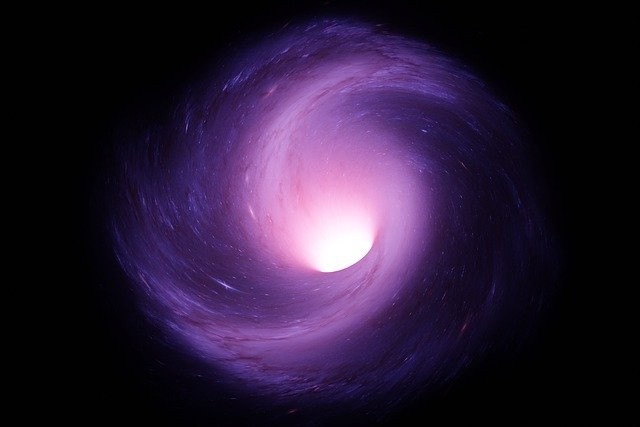
A rogue black hole that might be wandering in the Milky Way galaxy was recently detected, said the scientist who observed the cosmic phenomenon.
The discovery was revealed this year by another group of scientists who analyzed the data and have concluded that a singularity in space-time is menacing galactic structures tens of light-years away from earth.
Black Hole Roams in Milky Way Galaxy
The new study, spearheaded by astronomers Casey Lam and Jessica Lu of the University of California, Berkeley, has obtained a slightly different conclusion.
But based on the mass of the object, that could be a neutron star, not a black hole based on the study, reported Science Alert.
A tool to detect dark and compact objects will not be visible in this part of the universe. Calculating how gravity warps and alters the light of far-off stars is gravitational microlensing. Lu stated it is the first wandering gravitational singularity or a neutron star seen by the method, cited Berkeley.
These black holes are thought to be the crushed cores of a massive star when it died; after all the material has been swept from the core. Calculations show that there are about 10 million to 1 billion stellar-mass black holes in the galaxy drifting in space.
Spatial Anomalies
These rogue black holes allow no light to escape except when it sucks something into the event horizon that emits x-rays into space. It is almost invisible until x-rays are detected, and its gravity bends light from stars in the Milky Way galaxy.
Read Also : Strange Helium-Burning Stars Upend What Astronomers Know About Stellar Evolution of These Cosmic Bodies
On June 2, 2011, dual microlensing searches with the Optical Gravitational Lensing Experiment (OGLE) and Microlensing Observations in Astrophysics (MOA) caught an event until July 20.
The event called OB110462 was captured on earth because it was a long and bright occurrence that attracted telescopic inspection by scientists. Lam added duration of the event was so bright, showing the bending of light of the star in the background.
Many factors to detect spatial anomalies make these microlensing events detect the bending of light by measuring the background star to see if a hole in space-time exists.
Observations of the region were made on eight separate occasions using the Hubble Space Telescope up until 2017.
Astronomers led by Kailash Sahu of the Space Telescope Science Institute determined a black hole was micro lensed at 7.1 times bigger than the Sun and 5,153 light-years away.
Both Lu and Lam added data from Hubble capture in 2021, but the object is between 1.6 and 4.4 times the Sun's mass or neutron star.
A neutron star is another end of stellar bodies that have not become black holes due to neutron degeneracy pressure, 2.4 times the Sun's mass.
Most spatial anomalies detected are not lower than the size of a massive star or five times bigger, called the lower mass gap. Lam and others find an object with a lower mass gap fascinating. It is hard to confirm OB110462 from the two studies, but more can be learned later. Lam added it is the first dark stellar remnant detected in the Milky Way with no partner star.
Finding the roque black hole wandering somewhere in the galaxy is important and highlights more about what these monsters are.
Related Article : Our Universe's Cosmic Dawn Was a Longer Process Than Believed, Astrophysicists Theorize








